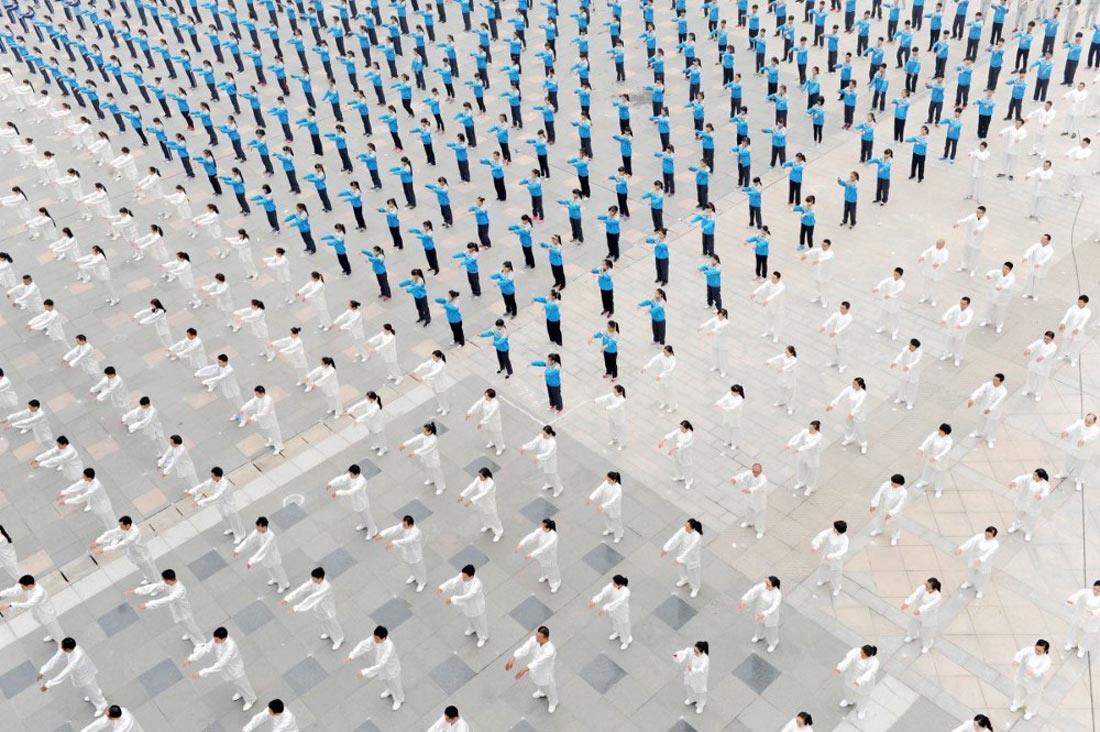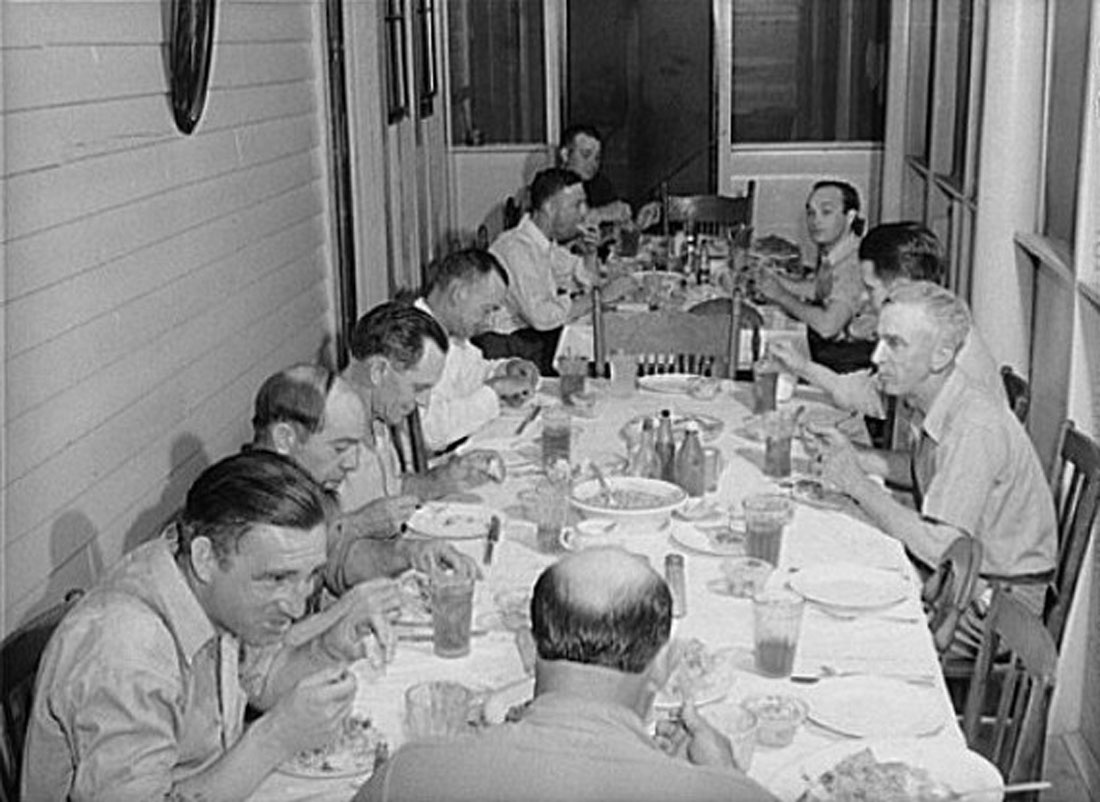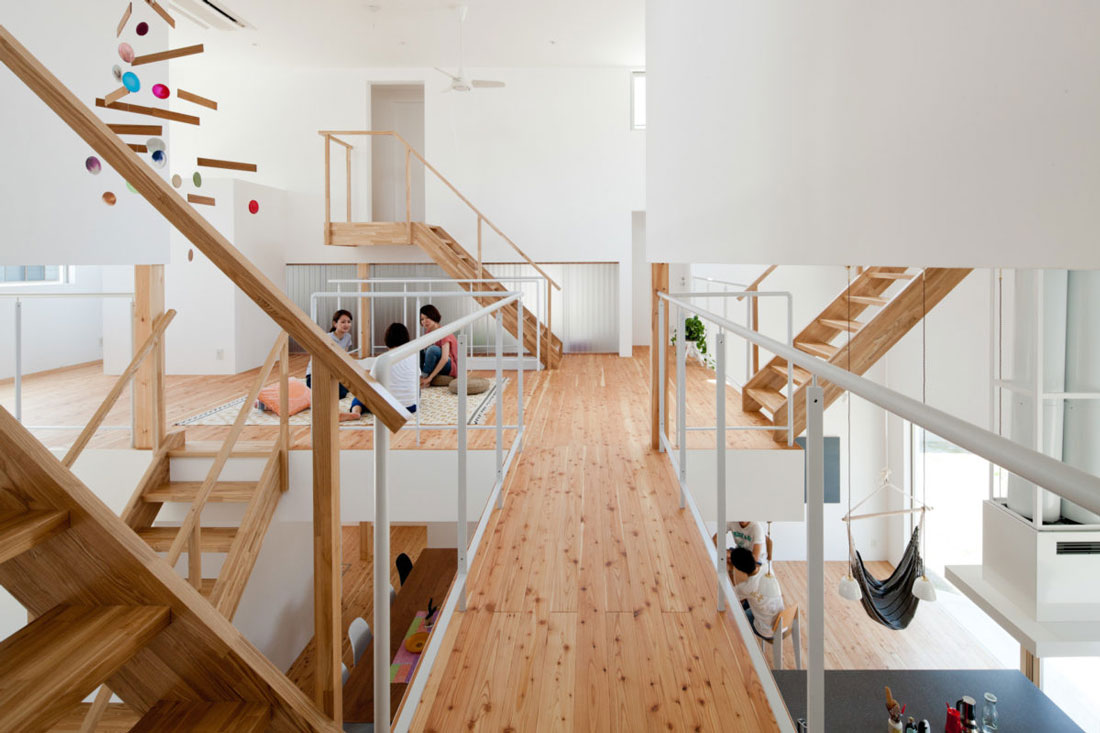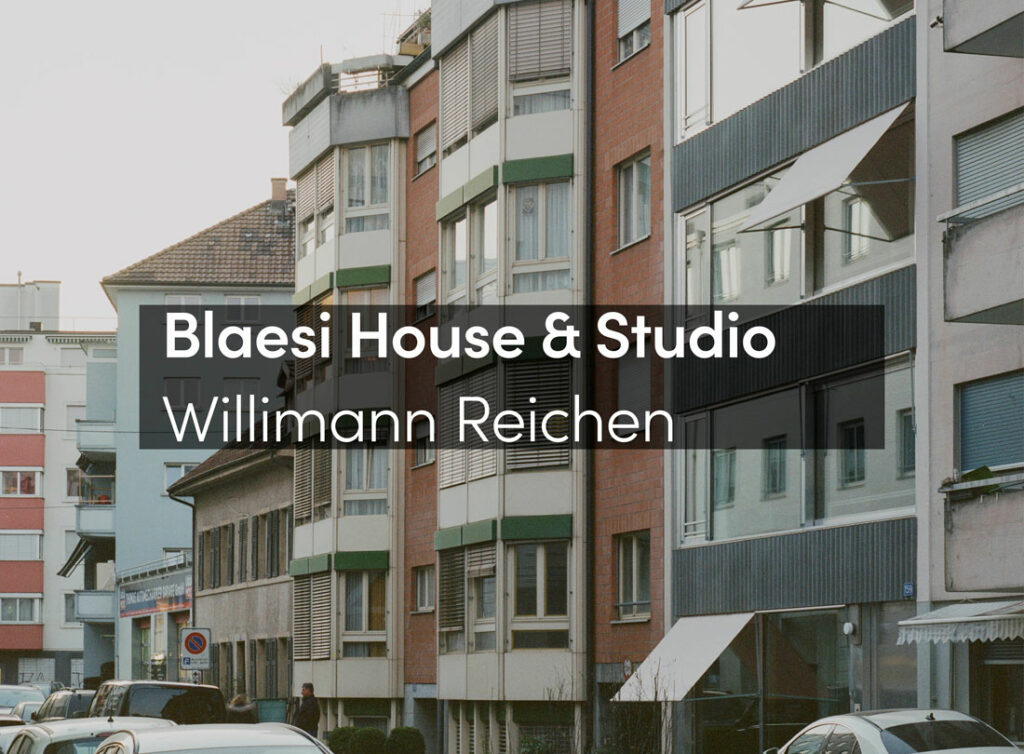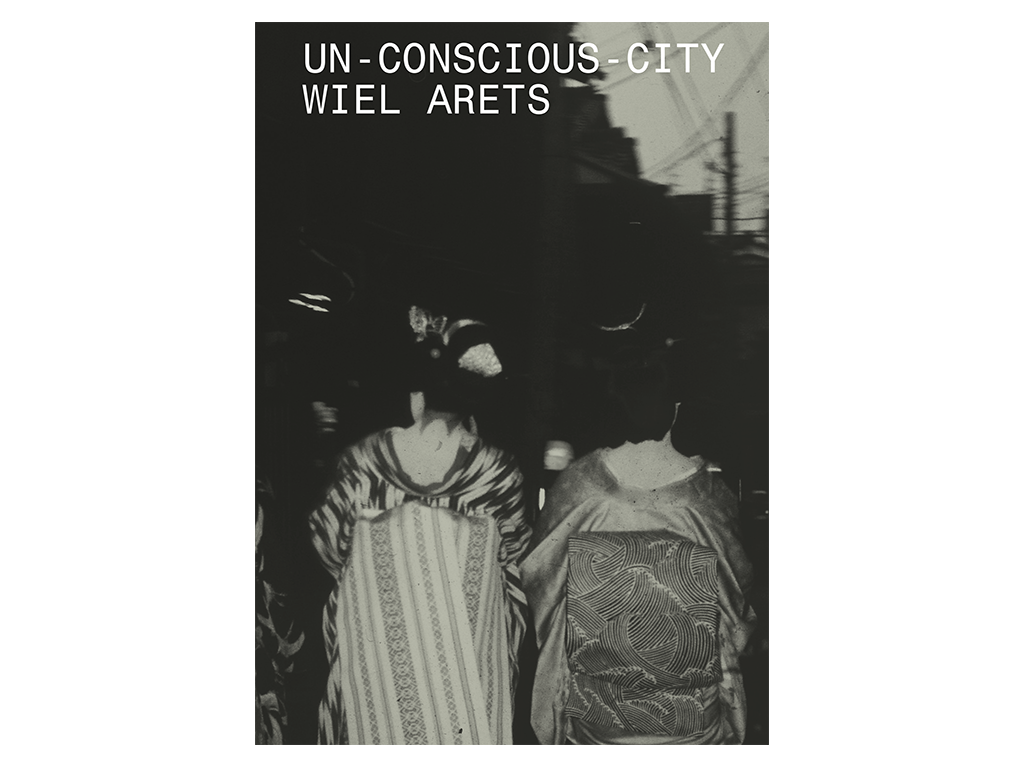The rise of the so-called sharing economy, coupled with the planet’s rapidly depleting resources and fast-growing population, is forcing us to rethink the concept of ownership and sharing in our everyday lives — including in housing.
In the future we may have to get used to living with other people — but what opportunities might cohabitation offer us? And what is it about shared living that could persuade us to give up our privacy and redefine what we mean by home?
There has been a rise in co-living spaces across the globe in recent years. Through my SPACE10 student residency, I tried to get a better understanding of the concept of shared living. This article outlines the first layers of my exploration and some broader reflections on the topic.
Chinese take part in an attempt to break the Guinness World Record for the largest number of people practicing Taiji in multiple locations.
A group of 1,000 customers receive a facial massage at a sports center in Jinan, Shandong Province, China.
INCREASING POPULATION ≠ LESS LONELINESS
It is projected that the global population will reach 10 billion by 2060. To provide sufficient housing, entirely new cities are being built, while former industrial and office buildings are also being converted into alternative housing. Though the issue of housing might be urgent, there seems to be another problem that is waiting to be looked at — loneliness. It is contagious.
Ironically, the population increase doesn’t necessarily reflect more interactions or relationships among people. Instead, people are feeling more and more lonely. The General Social Survey discovered that the number of Americans with no close friends has tripled since 1984. Harrison Iuliano, who used to work as the programming director of Pure House, which rents out rooms to about 40 people in nine apartments in various buildings in the Brooklyn neighbourhood of Williamsburg, told the New York Times: “We live in a super disconnected city that has tons and tons of people, but it can feel really lonely here.” Moreover, 48 percent of adults in UK believe we are becoming lonelier as a society, according to a report in 2010 by the Mental Health Foundation.
Thousands of new cities could provide us with shelters, but can we also strive for shelters that bring comfort to our well-being? In the process of finding new ways to house people, should we also reconsider the definition of a neighbourhood, a home, or what it means for people to live together?
Workers from and Alabama Munitions Plant eating dinner at their boarding house, 1941.
HOW DID WE LIVE TOGETHER?
Collective living isn’t a new phenomenon. It has been practised across different cultures throughout history, and for different reasons. The American boarding houses of the 19th and 20th centuries were a transitory step between family life and independence. The sharing of sanitary facilities has been practised in Japan since the beginning of the 17th century. Small scale, densely populated, mixed-use districts were the centre of Japanese urban life. Medieval people did not have special rooms for sleeping either, just a single living space for everything. Of course, they put up with this lack of privacy in part because of a lack of alternatives. Similarly, we have long engaged in cohabitation on a small scale — like shared student housing — because of its relative affordability. Owning a private room or an isolated mansion was formerly a form of luxury, but as more people choose to exchange privacy for the chance to connect with people, could shared living become a new form of luxury?
The rise in the so-called “sharing” economy also reflects our craving for human connection. People are brought together through these services, turning digital connections into real meetings and new ways of living together, such as sharing our houses with strangers through Airbnb. With our planet’s growing population and depletion of natural resources, sharing homes is inevitable for many. It could go beyond a service and once again be a normal part of our everyday living as we seek a more sustainable future.
Share House LT Josai, Naruse Inokuma Architects.
SHARED LIVING TODAY
The recent co-living trend started in the United States, where startups like Pure House and Common tapped into a market of under-35s wanting the sociability and convenience of sharing property but without the means of finding good-quality accommodation. The concept has since spread to many other countries.
This form of “living together” is changing the way we approach housing, and it comes in different forms. It can range from a home for two people to a complex of a few hundred, like the Collective Old Oak in London. The latter, which launched in May 2016, saw an office building converted into a co-living complex with 550 beds. It is now the world’s largest co-living facility. “We are not solving the crisis, but we are building and offering alternative and opportunities within this issue”, says James Scott, Chief Operations Officer of The Collective, about the housing crisis in London.
Millennials — also known Generation Y — are said to value experiences over products and are more interested in living together than in owning a house. With a desire for connection, privacy and efficiency, millennials comprise the biggest population of communal buildings today. Similar housing alternatives have also helped expats and students arriving in a city for the first time to make friends and settle in quicker.
By sharing spaces in co-living developments, you now belong to a place where you can’t feel alone.
Besides the giant co-living complexes that allow millennials to build friendships, some communities in co-living apartments are highly curated, and go beyond living together and sharing space. Common interests help members fit into the rest of the community. OpenDoor has three curated communities, with the mission of enabling people to live with more creativity, connection and purpose, around food and local agriculture, social entrepreneurship, and another with an artist/maker/workshop vibe respectively.
Similarly, Nest in Copenhagen is a 21-bed apartment for entrepreneurs who collectively have founded 72 startups. As explained by Pop Up City, “while residents do not have to have necessarily started their own business, all need to be quite high-level in terms of their experience, and must be working within the startup industry”. Being part of a community-oriented group, residents have to be committed and participate in weekly dinners, regular traditions and events.
Co-living is not only practised in Europe and the US, but also in different parts of Asia. An old Colgate Factory in Guangzhou, China, has been transformed into an open, airy and well-lit co-living space, YouPlus, which is seen as a platform for young people with similar passions to hang out and create their own communities. In 2015, Bloomberg Business reported that some 5,000 people across China live in communal buildings operated by YouPlus.
It is definitely an effective way to bring people together through a common interest. Fish Island Village in London, which is still in development, offers housing not only to young professionals but to anyone interested in a creative community. “The scheme is explicitly designed to support a multigenerational creative community”, says Charles Armstrong, founder of The Trampery, which is developing Fish Island Village.
In a future where we may all have to get used to living with other people, what might be the consequences of living only with people with a common interest? What about differences or variety? For sure, people of a similar goal or mindset in the same environment influence one another. What other everyday elements could allow people to feel connected under one roof? Could it be as simple as taking a bath together?
26th January 1937: Poyser, Mackenzie, McCulloch and Smith of Brentford Football Club.
DEFINITION OF HOME
Co-living complexes are often designed in this way — small bedrooms, big shared spaces — to ensure a balance between togetherness and “me” time. Sharing amenities such as kitchensprovides us with an opportunity to be engaged with people and exchange stories. Cooking or sharing a meal with housemates provides a feeling of “family”. But what else contributes to a feeling of “home”? Is it trust between people, experiences shared over the dining table, the physical presence of people, the curiosity aroused when we hear someone at the door, or shared responsibilities to take care of the garden?
“Home” can be defined as “a house, apartment, or other shelter that is the usual residence of a person, family or household” or “the place in which one’s domestic affections are centred”. The personal definition of home probably varies between generations and age groups. Millennials may be more interested in living together than in owning property. Without the responsibility of a mortgage, can we travel as much as we want? For how long would we want to stay in one location in the future?
Our connection towards material space does not seem as important these days. Roam, a company developing and renting out co-living spaces, only requires its members to sign a flexible lease to give them access to all of Roam’s locations around the world. Will the future definition of our home be defined based on our friendships and connections, but nothing physical?
WHAT MAKES “TOGETHER” BEAUTIFUL?
Shared spaces create an environment where people with the same interests can have influence one another. How else do we affect one another in a physical space? In fact, we influence one another in every single way, even subconsciously. Behaviour is contagious. By saying that, we are like mirrors or copycats when we share a space. For instance, the act of shaking one’s legs in an office triggers another to start shaking his or her legs too. Humming a song might cause the same tune to be stuck in another colleague’s head.
These minute behaviours can spread across the whole office. This is caused by mirror neurons in our brains. Mirror neurons were discovered by a research team led by neurophysiologist Giacomo Rizzolatti in the 1990s. They are neurons in the brain’s frontal cortex which, when activated, result in imitation or mimicry that many scientists now believe is the foundation of empathy. As independent individuals, we are social animals and mirror neurons are evidence of our interdependence. “Mirror neurons seem to be a bridge between our thinking, feeling, and actions — and between people”, says Marco Iacobini, a neuroscientist at UCLA. Personally, I think that what makes shared spaces beautiful is the way behaviour spreads.
Besides influencing one another, living together requires us to adapt to our surroundings. Our living environment is getting more convenient and more efficient, thanks to advancements in technology. However, we are lacking and losing human contact because of this efficiency. Is this also one of the reasons why we are lonely? Will we lose our human skills to negotiate and adapt to changes and our surroundings? In the basic terms of sharing, we divide and exchange, negotiate and adapt. It might sound romantic, but such behaviour provides a human touch to our everyday. Going back to the question of shared living, how can we retain this humanness in our dwellings in the future?
 EVERYDAY LIVING OF TOMORROW
EVERYDAY LIVING OF TOMORROW
The way we live today is very much affected by the way we were brought up in the past. Some of us might not be able to imagine living in such shared spaces like the rest of the millennials do. A child raised in such a space might have a completely different point of view about sharing.
Will the next generation have a greater acceptance of sharing? How far can they give up private spaces for the luxury of connectedness? Will privacy be completely obsolete in the future? Just as the bonding of children within a neighbourhood has the power to bring the lives of different families together, how can we foster good connections among people in the future through the living environments of tomorrow? How can we empower people to make more meaningful human connections?

